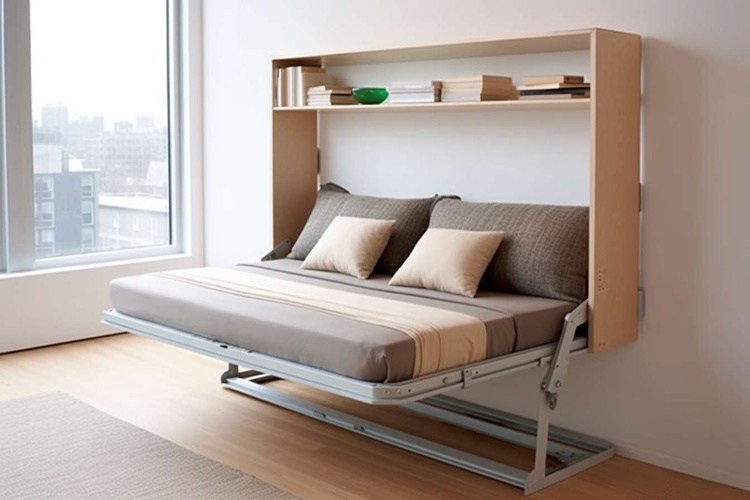Title: Micro-Apartments: The Future of Urban Living?
Introduction: In a world where urban populations are skyrocketing and living spaces are shrinking, a new trend is emerging in the real estate market: micro-apartments. These compact living quarters, typically under 400 square feet, are reshaping city landscapes and challenging traditional notions of home. With 54% of the global population now residing in urban areas, the demand for innovative housing solutions has never been higher. Let's delve into the world of micro-apartments and explore their potential impact on the future of urban living.

Addressing Urban Housing Challenges
The surge in micro-apartment development is a direct response to several urban housing challenges. Skyrocketing real estate prices in major cities have made traditional apartments unaffordable for many young professionals and students. Micro-apartments offer a more accessible entry point into desirable neighborhoods, allowing residents to live in prime locations without breaking the bank. Additionally, these compact units help combat urban sprawl by increasing population density in city centers, potentially reducing commute times and carbon footprints.
Design Innovations in Small Spaces
Architects and interior designers are pushing the boundaries of creativity to maximize functionality in micro-apartments. Multifunctional furniture, such as Murphy beds that transform into desks or dining tables, has become a staple in these compact spaces. Vertical storage solutions, lofted sleeping areas, and sliding partitions are common features that help create the illusion of more space. Some developers are even incorporating smart home technology to enhance the living experience, with automated systems controlling lighting, temperature, and even transforming furniture at the touch of a button.
The Financial Perspective
From an investment standpoint, micro-apartments present an intriguing opportunity. While the per-square-foot cost may be higher than traditional apartments, the overall price point is generally lower, making them attractive to both investors and first-time buyers. In many cities, micro-apartments boast higher rental yields compared to larger units, as they cater to a growing demographic of young, mobile professionals willing to sacrifice space for location. However, investors should be aware of potential risks, such as regulatory changes or shifts in market preferences that could impact long-term value.
Psychological and Social Implications
Living in a micro-apartment isn’t just about adapting to a smaller physical space; it also requires a mental shift. Studies have shown that downsizing can lead to reduced stress and increased life satisfaction for some individuals. The minimalist lifestyle often associated with micro-living can promote better organization and less consumption. However, critics argue that extremely small living spaces may negatively impact mental health, particularly in terms of privacy and personal space. As the trend grows, it’s crucial to consider the long-term psychological effects of micro-living on urban populations.
Regulatory Challenges and Urban Planning
The rise of micro-apartments has not been without controversy. Many cities have minimum size requirements for residential units, which can pose obstacles for developers looking to build micro-housing. Some local governments are revising these regulations to accommodate the growing demand for smaller living spaces, while others remain hesitant due to concerns about quality of life and potential overcrowding. Urban planners are grappling with how to integrate micro-apartments into existing neighborhoods while maintaining community cohesion and adequate public spaces.
The Future of Micro-Apartments
As urban populations continue to grow and housing affordability remains a pressing issue, micro-apartments are likely to play an increasingly significant role in the real estate market. Future developments may include more community-oriented designs, with shared amenities like co-working spaces, communal kitchens, and rooftop gardens complementing private micro-units. Additionally, advancements in modular construction techniques could make micro-apartment buildings more adaptable, allowing for easier reconfiguration as housing needs evolve.
Conclusion
Micro-apartments represent a bold reimagining of urban living, offering a potential solution to some of the most pressing housing challenges faced by modern cities. While they may not be suitable for everyone, these compact living spaces are carving out a significant niche in the real estate market. As the concept continues to evolve, it will be fascinating to see how micro-apartments shape the future of our cities and redefine our understanding of home in the urban landscape. For investors, developers, and urban dwellers alike, micro-apartments offer a unique opportunity to be part of a transformative trend in real estate.






